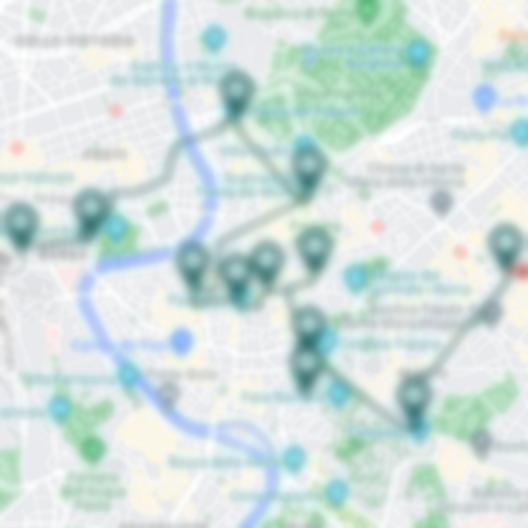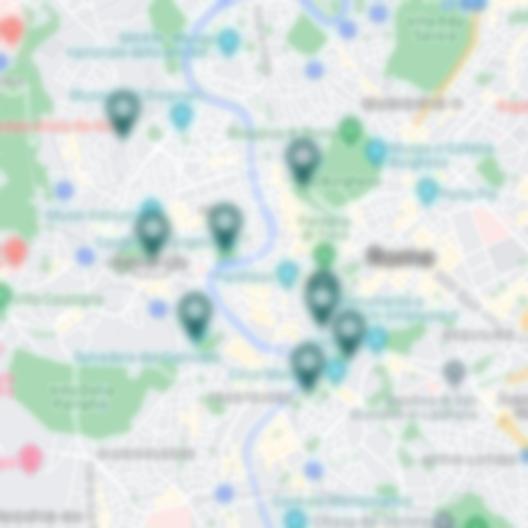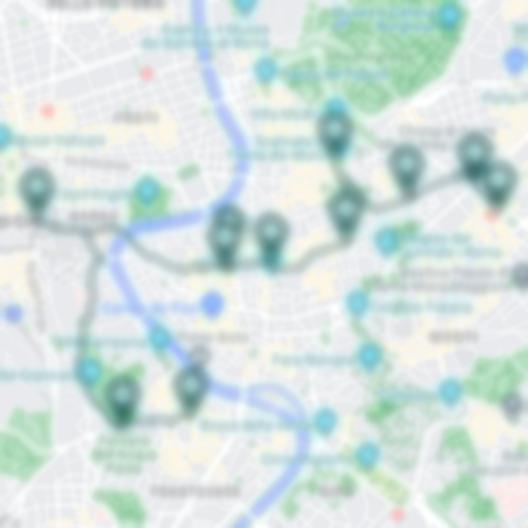There are many university departments in Rome and you’ll find hundreds of courses covering any possible topic. Local universities can be both State-owned or privately-owned and they have several different buildings scattered around the city. Every year, an estimated 40.000 students come to Rome from other cities and Regions. If you combine them with about 100.000 local students it’s easy to understand how some districts are almost entirely populated by young people under 25 years old! Therefore, you’ll find some areas that are particularly suitable for students with many facilities and leisure opportunities.
How many Universities are there in Rome?
State-owned Universities
- Sapienza: it’s the oldest and busiest one. It has 11 departments including Engineering, Arts and Architecture.
- Tor Vergata: it has 6 departments and the most popular ones are Medicine and Mathematics. Inside its premises there are also some research centers like the CNR and the Italian Space Agency.
- Roma Tre: it’s the “youngest” State-owned university in Rome and it was founded in 1992. It has 12 departments including Political Science and Foreign Languages.
- Foro Italico: it is specialized in sports and equipped with modern facilities for any kind of physical exercise.
Privately-owned Universities:
- LUISS (Libera Università Internazionale di Studi Sociali Guido Carli): it’s a renowned University whose international fame is mainly due to its Economic department.
- LUMSA (Libera Università Maria Santissima Assunta): it’s a catholic university with 3 departments.
- Università Cattolica del Sacro Cuore: it’s a catholic university with different headquarters in 5 Italian cities. It has its own hospital connected to the Medicine department.
- Campus Bio-Medico: a research center in bio-medical disciplines. It has its own university hospital.
- Libera Università degli Studi San Pio V (UNINT): it was founded in 1996 and it has 3 departments. It is famous for offering some international courses in English.
How to find an accommodation as a student in Rome?
The most common choice is a rented room or a shared apartment near the University premises. Rents are really expensive in Rome and it is difficult to find a suitable accommodation costing less than 350/400 euro per month. As an alternative, you can ask for a scholarship and stay in a student residence. Many campuses and residences also have discounted fees to help non-resident students.
What are the best districts for students in Rome?
- San Lorenzo for its nightlife and its cultural liveliness
Here you’ll find plenty of restaurants, pubs, bars and everything you need to spend a pleasant night out with your friends. San Lorenzo district is located between Termini Station and Tiburtina Station and it is a former proletarian area that is now crowded by young people at any time of the day. There are also a busy historic market and many vintage shops and artisanal laboratories with affordable prices. Among the monuments you’ll see in the streets, there are a few that are definitely worth a visit: San Lorenzo Fuori le Mura Church, the Monumental Cemetery and San Tommaso Moro Church. In San Lorenzo district you’ll also find the National Library, which is a great place to study in a quiet atmosphere. La Sapienza campus is really close: just head to Piazzale Aldo Moro to see its main entrance and be right in your classroom! Where to go after classes? To the main meeting point of the area named “La Piazzetta”, that is Largo degli Osci. Some addresses for your nights out: Luppolo 12 in via dei Marrucini 12 for its artisanal beers, la Pinta in via degli Equi 39 for pub-lovers and Enoteca Ferrazza in via dei Volsci 59 for a rich aperitivo (happy hour).
- Tuscolano for Tor Vergata students
Tuscolano district is located in the Eastern part of the city, close to the Aurelian Walls. It takes its name from the Tuscolana Road, which was built to connect Rome to Frascati. It’s one of the best areas for students attending Tor Vergata University, since it’s very well connected to its premises located in the suburbs. By living here, you’ll have the chance to stay quite near the city centre while being able to quickly reach your campus. Another advantage of this district is the abundance of parks: you can choose Caffarella Park or Tor Fiscale Park to have a walk, go biking or have a picnic. In via del Quadraro you’ll find a nice indoor market specialized in food with competitive prices and high quality. Some addresses for your nights out: La Taverna del Grano in Piazza dei Tribuni 31 (pub and pizzeria) or ZenZero in via Valerio Publicola 143 (a pub serving traditional dishes)
- Garbatella for its cheap rents
This is a young and popular district, which has the big advantage of also being one of the cheapest areas in Rome. It once had a bad reputation, but it’s recently been restored and upgraded and it’s the perfect place for you if you love a rural and simple atmosphere. It’s especially suitable for students attending the UNINT nearby. Some addresses for your nights out: Otium Club in via Roberto de Nobili 3 for your happy hour and Al Ristoro degli Angeli in via Luigi Orlando 2 for a typically Roman dinner.
- Bologna Square Area for its many facilities within walking distance
This district was mainly built during the Fascist era and it’s now one of the favorite neighborhoods of Roman students. It’s close to La Sapienza campus and it’s very well connected to every other district. Moreover, it is full of shops, restaurants, bars and leisure facilities. Although it’s a very busy and chaotic area, it has a nice park in the middle of the square with plants, benches and a small café. You can go almost anywhere by catching the metro at Bologna Square stop and you also have many bus lines stopping here. The streets and the buildings are not aesthetically beautiful, but the many facilities and the number of young people living here can compensate the general impression of austerity you might get at first sight. There’s a lot to visit nearby and one of the most important attractions of this area is Villa Torlonia with its beautiful park. It was Mussolini’s mansion and its park is full of buildings built in Liberty style. It will also offer you a great opportunity to spend some time outdoor in a green space. You can spend an entire afternoon visiting the Serra Moresca (a nice building in Arabic style), the Casina delle Civette with its stained-glass museum, the Villa’s Museum or the Roman School Museum inside the Casino Nobile. If you live in this area and you love art, don’t miss Macro, in via Nizza 138: it’s a huge museum located inside a former factory and it is entirely dedicated to Italian contemporary art. Some addresses for your nights out: Blend in Piazza Lotario 5 for its cocktails, Il Bancone di Birra del Borgo in Piazza Bologna 8 for a beer and Momart Reststaurant Café in Viale XXI Aprile 19 if you like a fancy and sophisticated atmosphere.
- Pigneto for artists and creative people
If you search for a bohemian and multiethnic atmosphere, small and original cafés and some street art, that’s the right place to stay. Pigneto is close to Termini Station, so that it’s a good choice for non-resident students willing to go back home during the weekend. Pigneto has small houses and narrow streets and it does not seem to be just a few steps away from one of the busiest areas of the Capital. Here you’ll find a lively nightlife, many facilities and an excellent network of public transports. All these features make it one of the best choices for young people that will also benefit from the pedestrian area hosting the market during the day and the best of the local nightlife as well! Some addresses for your nights out: Rostì in via Bartolomeo d’Alviano 65 for a hamburger, Egeo in via Augusto Dulceri 99 for an original Greek meal and Enoteca Il Tiaso in via Ascoli Piceno 25 for a glass of wine.


